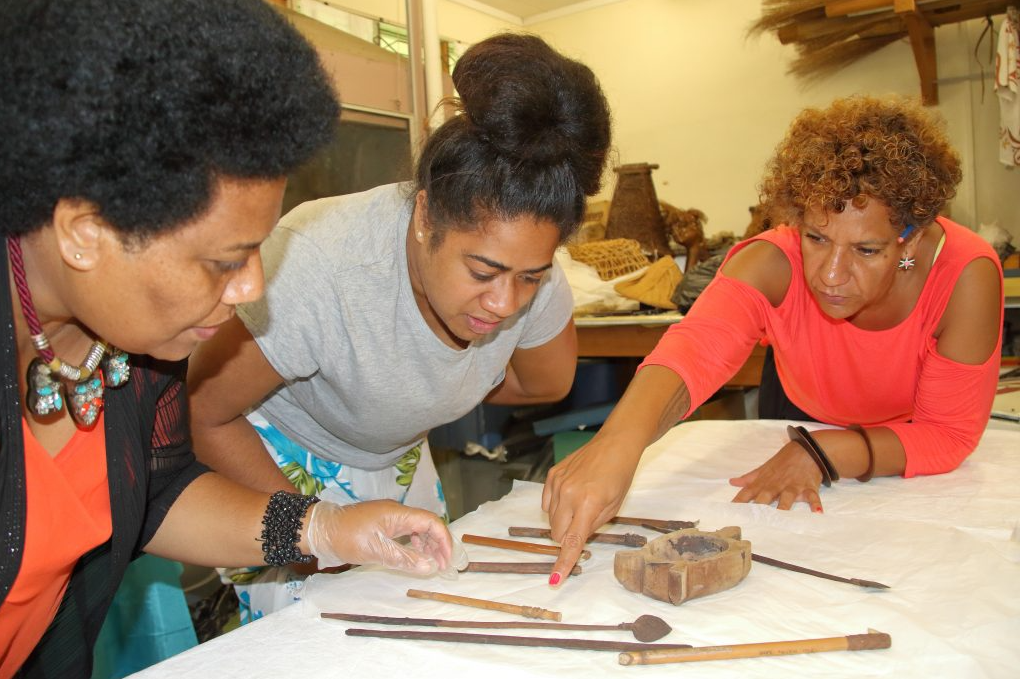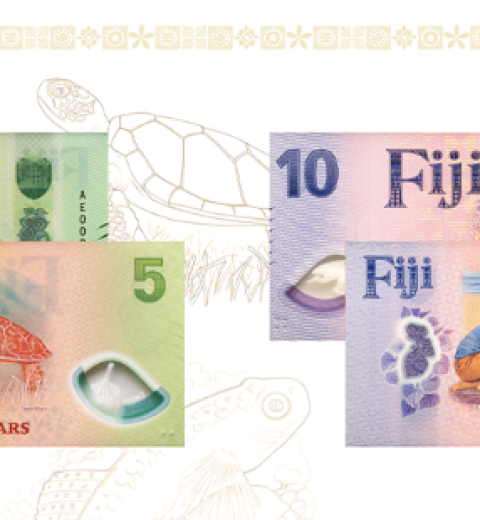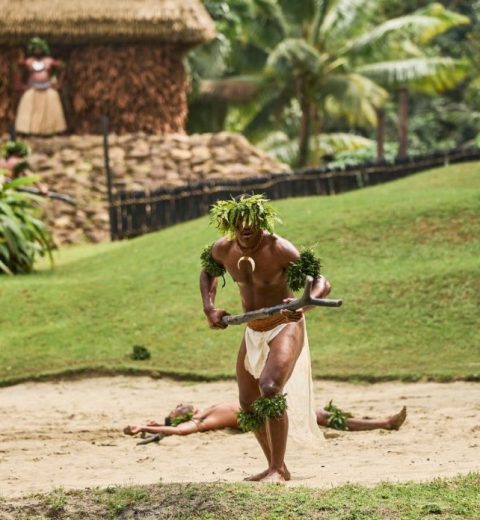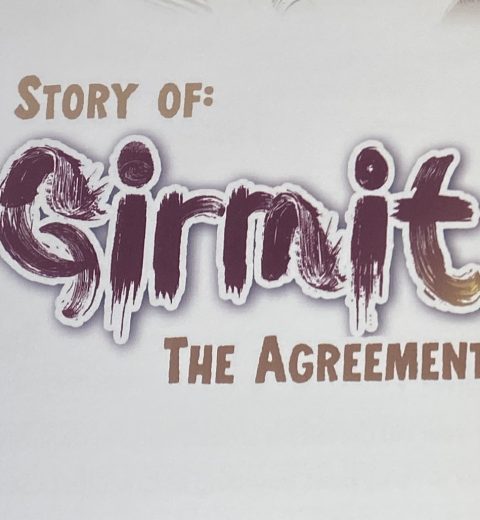Exploring Veiqia, Liku, and the Stories of Fijian Womanhood
This EXPLORE Fiji series, in partnership with its Legacy Cultural Partner the Fiji Museum, brings Fijian heritage to life, sharing stories and artefacts like the liku that honour Fijian women and their traditions.
The soft rustle of woven liku skirts, the scent of masi and vau, and the rhythmic murmur of talanoa all come together at the Fiji Museum this November as The Veiqia Project returns home with Na Cagi Ni Veisau (The Winds of Change). It is more than an exhibition. It is a homecoming, a remembrance, and a renewal of the threads that connect Fijian women across generations.
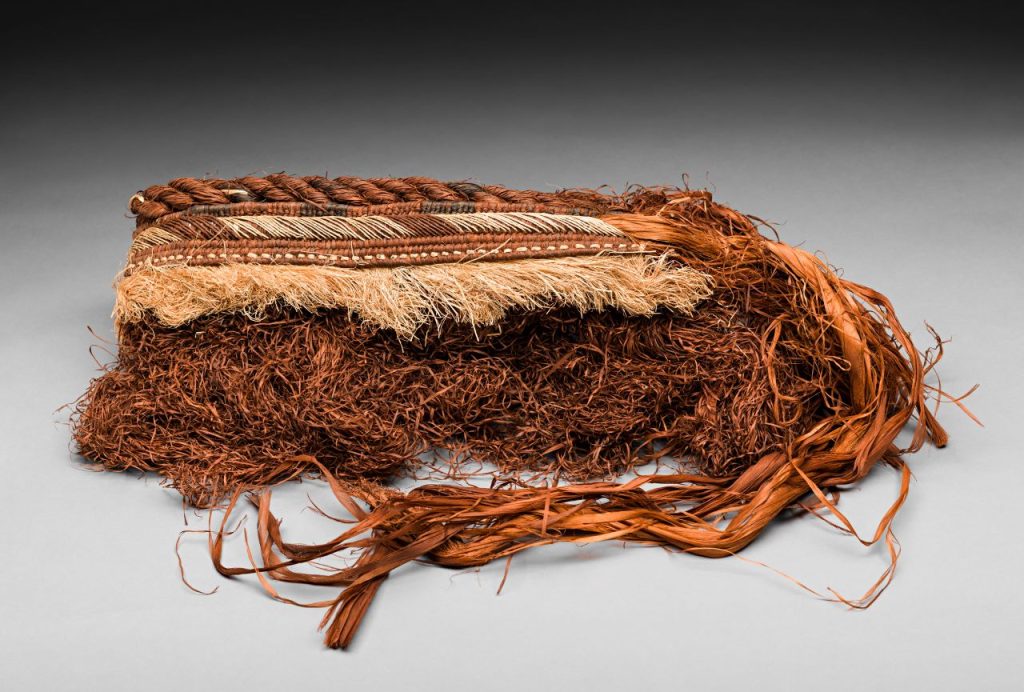
Founded in 2015, The Veiqia Project is a collective of Fijian women artists, researchers, and curators based in Aotearoa New Zealand, Australia, and the United States. Over the past decade, they have created space for Fijian women to reconnect with veiqia, the traditional practice of female tattooing once shared among women as a rite of passage. Through art making, research, and community engagement, the collective continues to explore what it means to be a Fijian woman today: rooted in tradition, shaped by change, and alive in creative expression.
Honouring Womanhood and Renewal
At the centre of Na Cagi Ni Veisau stands the liku, the traditional fibre skirt that once marked the key stages of a Fijian woman’s life. Before colonisation, a girl’s first menstruation was celebrated through two sacred acts: receiving her qia (tattoo) and wearing her first liku. This first skirt was short and was later replaced by longer ones as she transitioned through milestones such as motherhood and marriage. Each liku was crafted with care, woven from vau, voivoi, magimagi, masi, or kuta, dyed with natural pigments, and made with techniques that are now rarely practised.
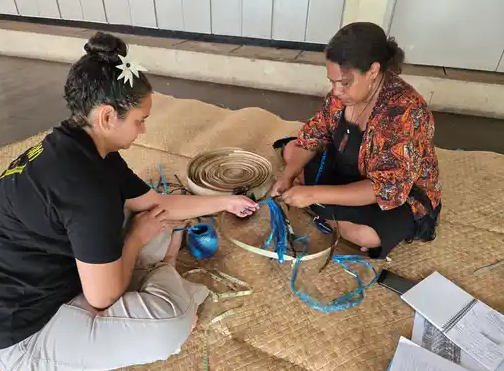
The exhibition celebrates these stages of womanhood through newly commissioned works by 12 Fijian artists and artisans from Fiji, Australia, and Aotearoa New Zealand. Their pieces speak of strength and resilience, of memories both whispered and sung. The works trace the journey from girlhood to elderhood, weaving together old and new materials to reveal how women’s lives continue to evolve in response to modern influences such as urbanisation, migration, and globalisation.
“Weaving is more than tradition, it’s a living art form. I hope weaving continues to be revived in Fiji, especially among young people. I want it to be valued not just as a tradition, but as an art form that connects us to our roots and strengthens our identity.” – Mere Rasue, artist and weaver.
Na Cagi Ni Veisau is led by a curatorium of The Veiqia Project members: Joana Monolagi, Dulcie Stewart, Yasbelle Kerkow, Margaret Aull, Donita Vatuinaruku Hulme, Luisa Keteiyau Tora, and Dr. Tarisi Vunidilo. Together they have shaped this exhibition as a tribute to both cultural continuity and change.
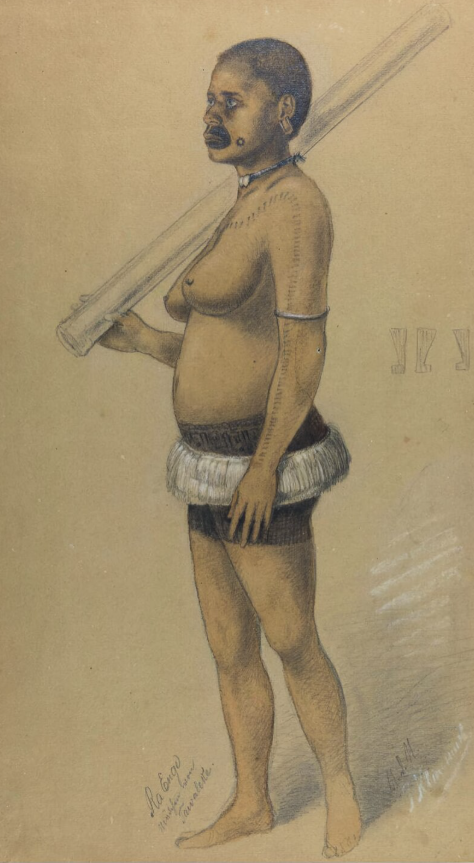
Reviving Knowledge and Community
Earlier this year, members of The Veiqia Project undertook a week-long research trip to the Fiji Museum, collaborating with weavers Ananaia Luvuiwasawasa, Lucie Managrieve, Mere Rasue, Joana Sekinairai Veitala, and Sikiti Waqabaca. Their time in Suva was spent in quiet rooms surrounded by museum collections, listening to the stories held in the fibres of old liku and sharing new techniques across generations. It was more than research; it was a form of cultural renewal, bridging ancestral knowledge with contemporary practice.
From Solevu to the Studio
In the past, liku played a central role in solevu, community gatherings where families exchanged iyau (valuables) such as masi, ibe, and kato. These exchanges honoured relationships, reinforced kinship, and celebrated women as keepers of culture. While solevu still takes place today, liku are no longer exchanged, replaced by rolls of Western fabric. By bringing the liku back into focus, Na Cagi Ni Veisau reclaims its place in the story of Fijian heritage, giving voice to the hands that wove, the bodies that wore, and the spirits that remembered.
The exhibition also opens space for talanoa, conversations between generations, between art and history, and between Fiji and its diaspora. In doing so, it becomes not only a display of art but a gathering of voices and memories carried by the winds of change.
A Living Archive for the Future
Na Cagi Ni Veisau invites both local and international audiences to witness the beauty and depth of Fijian women’s cultural practices. For those in Fiji, it is a call to remember and revive. For visitors from afar, it offers insight into the interconnectedness of art, identity, and belonging.
Ultimately, the exhibition is a celebration of change, continuity, and creativity. It is a reminder that traditions such as veiqia and liku weaving are not relics but living, breathing forms of art. By centring these practices, the artists of The Veiqia Project remind us that the winds of change do not erase; they carry stories forward.
Na Cagi Ni Veisau – Exhibition Details
Fiji Museum, Suva
14 November 2025 to 8 February 2026
*Weaving Workshop: 12-13 November 2025
*Panel Discussion: 14 November 2025
*Community Day: 15 November 2025
About The Veiqia Project
The Veiqia Project is a collective of Fijian women artists, researchers, and curators dedicated to exploring and revitalising Fijian female tattooing and women’s cultural practices. Since 2015, the group has presented exhibitions, workshops, and community talanoa across Fiji and the Pacific, reconnecting generations through shared creativity, cultural research, and the celebration of Fijian womanhood.
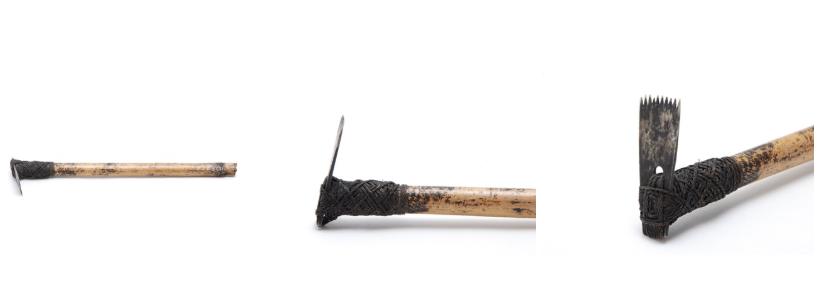
Story curated by EXPLORE Fiji in celebration of Fiji’s living heritage.
Explore more of The Veiqia Project at www.theveiqiaproject.com
#Veiqia #FijianWomen #FijianCulture #Liku #CulturalHeritage #EXPLOREFiji #FijiMuseum #TheVeiqiaProject #WomenArtists #TraditionalArts #PacificHeritage #CulturalRevival #FijianTraditions #FijiArts #LivingCulture #Talanoa #FijianStories #LegacyCulturalPartner

